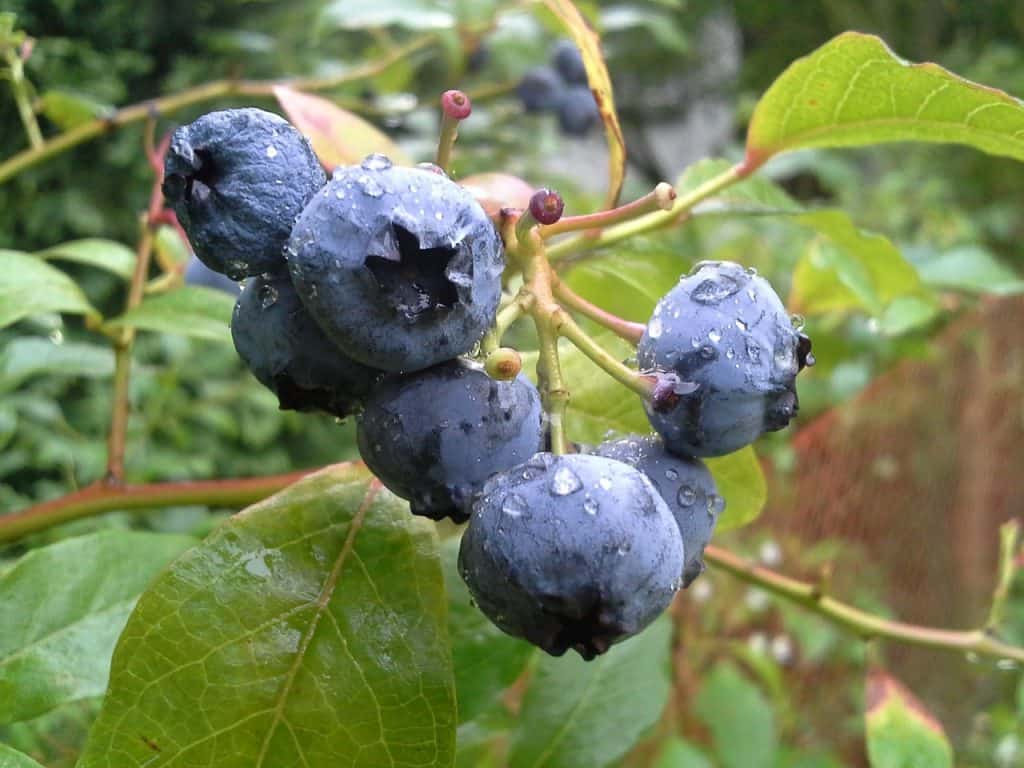The cultivation of blueberries in Poland is very popular, mainly because of the tasty fruits full of nutritional value. What should you know about this plant?
The highbush blueberry is one of the most popular shrubs in Poland because of its tasty fruit. It belongs to the heather family and it grows up to 2,5 m high. It blooms from April to May and the fruits are ripe from August to September.
Blueberry fruits have pro-health properties:
Blueberries have a lot of nutrients and minerals, such as:

The most popular variety of blueberries. Characteristic features are:
This variety is very easy to cultivate, so it is recommended for amateur gardeners.
Blueberry variety with very large fruits. It has an unusually long fruiting period – up to 4 weeks. It is recommended for cultivation in regions with light winters, because it is not resistant to frosts.
A variety with large and tasty fruits. It is not resistant to frost, so it is suitable for cultivation only in regions with light winters
This variety has large and tasty fruits. It bears fruits for a long time, about 3 weeks. It is suitable for growing in containers on the balcony and terrace.
Blueberry variety bred in Poland. It fruits very richly from August to the end of September, it is resistant to fungal diseases.
An early variety of blueberry fruits already in July. It’s very frost hardy, tolerates wet and heavy soils. It is recommended for amateur cultivation.
Very fruitful variety, which fruits in July and August. It is frost hardy and self-pollinating, although it is recommended to be adjacent to other blueberry varieties,
Growing requirements for highbush blueberries:
The soil can be acidified by adding peat to it in a ratio of 1:1 to a depth of 30 cm. If blueberries are already planted, acidify the soil by adding a suitable fertilizer (100 ml per 10 l of water).
In home cultivation, the blueberries should be planted at a distance of 2.5 m between rows and 1 m between bushes. The bushes can be planted in spring or autumn. Spring planting is recommended, because then the plants are not exposed to frost.
>> See also: When to prune apple trees?
Pruning blueberry bushes is an important procedure, which is done every year. For the first 3 years the blueberry pruning is limited only to the removal of sick and dry shoots. Intensive pruning takes place only when the bush is 4 years old, then all the older shoots are removed. In each bush on average there are 6-8 shoots.
The rules of caring for highbush blueberry: